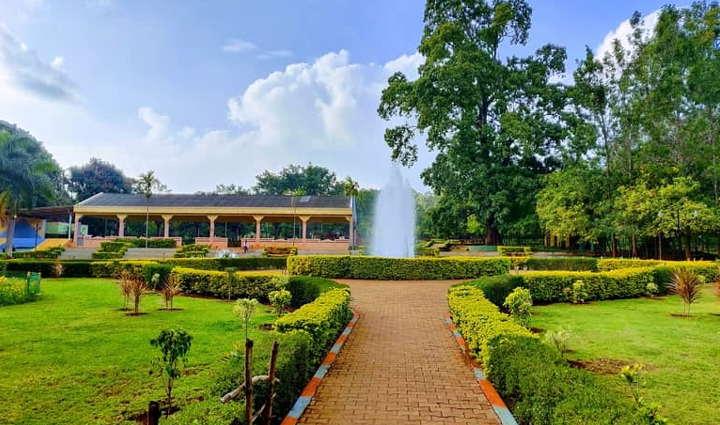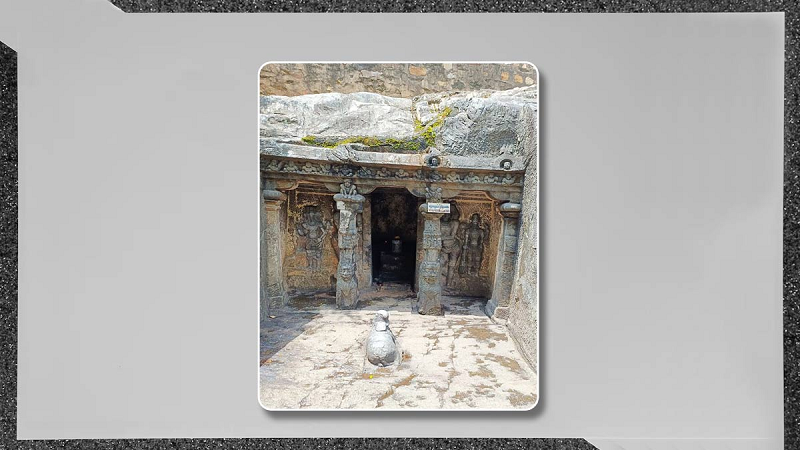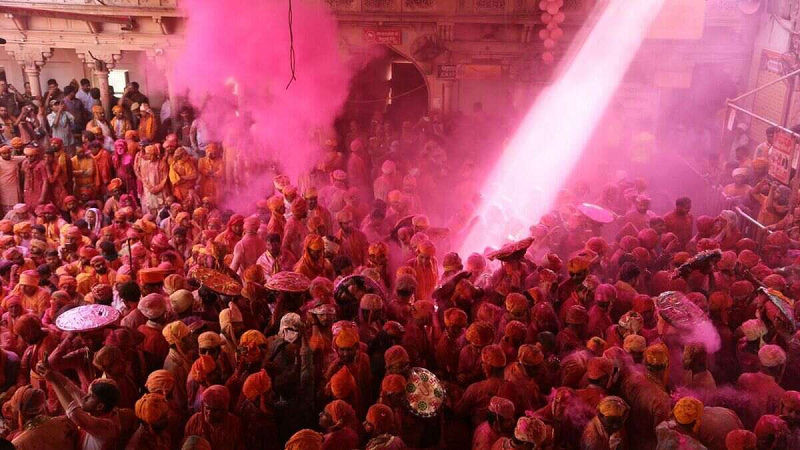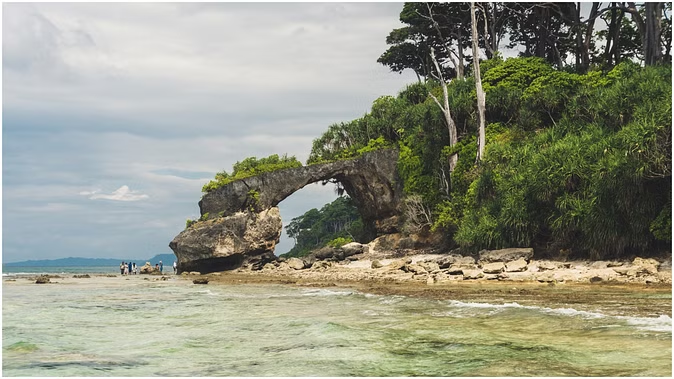This huge wall of China is made of mud and stone and is spread over an area of 6,400 km. It was built from the fifth century BC to the sixteenth century and was built by various rulers of China to protect against northern invaders. Its vastness can be gauged from the fact that this wall can be seen even from space. It is estimated that around 20 to 30 lakh people had laid down their lives in this Great Wall construction project. The construction of this wall was done by the Yan and Jaho kingdoms, to avoid arrows and swords, this wall was constructed with bricks made from clay and pebbles and pressed into molds. The Great Wall of China, one of the 7 wonders of the world, is truly a wonder in itself. It took many centuries to complete this wall. There are some such things about this wall that everyone wants to know. So let's know the things related to it.

# This huge wall of China started to be built in the 7th century i.e. 2800 years ago and it took about two thousand years to complete. The construction of this wall was started by King Qin Shihuang.
# Some parts of this wall are not connected. If all its parts are added, then its total length will be 8848 kilometers.
# Those who was negligent in the construction of the wall, were buried in the foundation of its wall. That's why it is also called the longest cemetery in the world.

# The maximum height of this wall is up to 35. In Chinese, this wall is called 'Wan Li Chang Chang', which means the Great Wall of China.
# Although it was built to defend against enemies, for centuries it was also used for transportation, goods, and long journeys, and at the same time, this wall is so wide that 5 horses or 10 people can walk on it simultaneously.
# Many observation towers have also been built in this to keep an eye on the enemies, but still many people attacked China by breaking this wall, like Genghis Khan in 1211.

# There is a similar wall in India that was built by Akbar and could not succeed. The Wall of India was built to protect the Kumbhalgarh fort in Rajasthan, the construction of which started in 1443 and ended in 1458.










